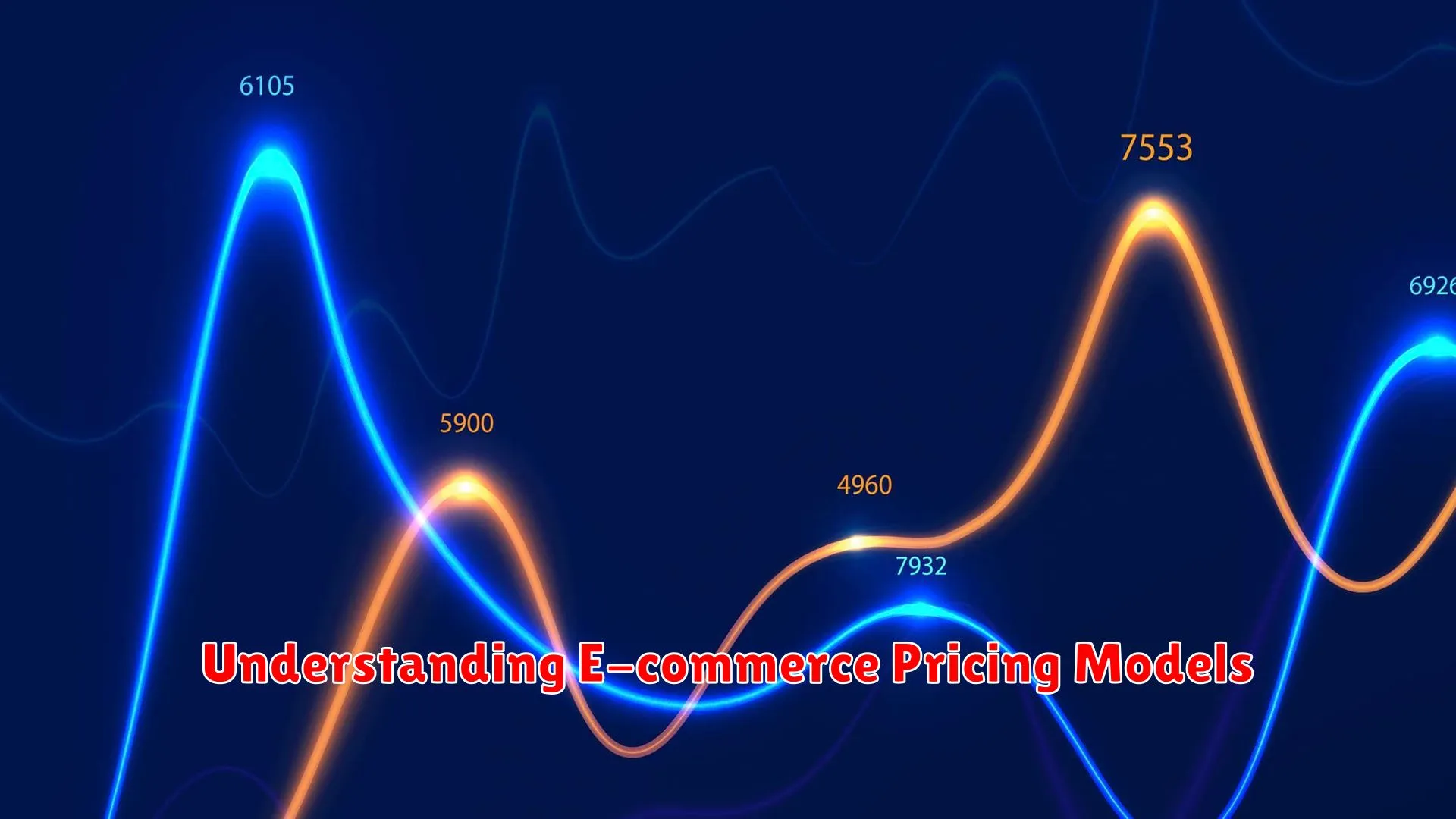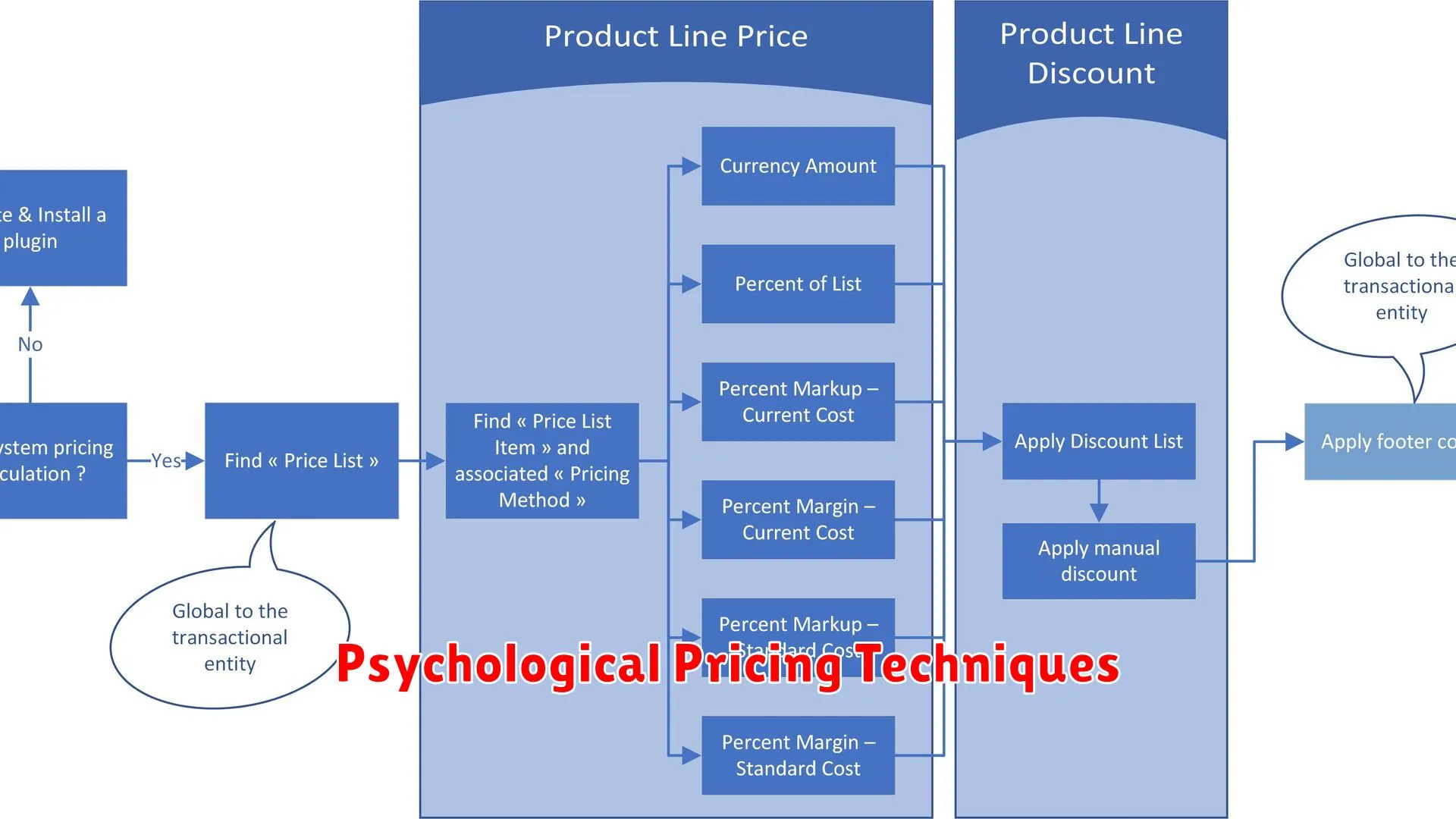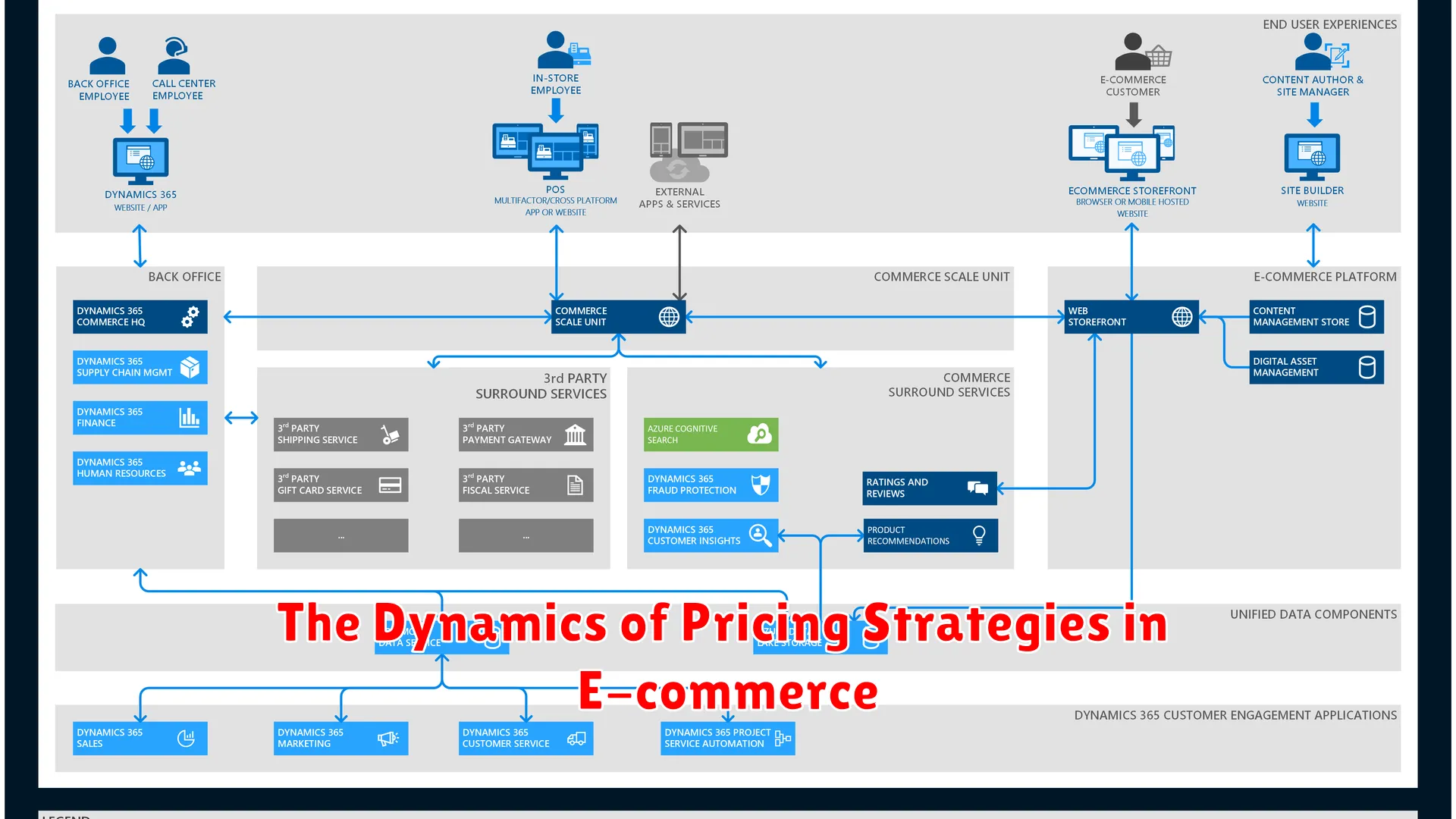Exploring the ever-changing landscape of e-commerce, this article delves into the intricate world of pricing strategies. From dynamic pricing to value-based pricing, discover how online stores adapt and thrive in the digital marketplace.
Understanding E-commerce Pricing Models

Pricing strategies in e-commerce play a crucial role in determining the success and profitability of online businesses. One important aspect to consider is the different pricing models that are commonly used in the e-commerce industry.
1. Dynamic Pricing: This model involves adjusting prices in real-time based on market demand, competitor pricing, and other external factors. By utilizing algorithms and data analytics, businesses can set optimal prices to maximize revenue.
2. Freemium Model: A popular strategy where basic services or products are offered for free, with premium features available for a fee. This model aims to attract a large user base and convert them into paying customers by providing additional value.
3. Subscription-Based Pricing: This model offers products or services on a recurring payment basis. Customers pay a subscription fee to access the offerings, providing businesses with a predictable revenue stream and fostering customer loyalty.
4. Value-Based Pricing: In this model, prices are set based on the perceived value of the product or service to the customer. By emphasizing the benefits and unique selling points, businesses can justify higher prices and target customers who are willing to pay for that value.
Competitive Pricing Tactics

In the realm of e-commerce, competitive pricing tactics play a pivotal role in determining the success and profitability of businesses. Setting the right prices for products or services can be a complex process that requires a deep understanding of market dynamics and consumer behavior.
Dynamic Pricing: One popular tactic employed by e-commerce companies is dynamic pricing. This strategy involves adjusting prices in real-time based on factors such as demand, competitors’ prices, and consumer behavior. By leveraging data analytics and algorithms, businesses can optimize their pricing strategies to stay competitive.
Price Matching: Another effective tactic is price matching, where a business offers to match or beat a competitor’s price for the same product. This approach helps in attracting price-sensitive customers while maintaining a competitive edge in the market.
Bundling and Discounts: Offering product bundling or discounts for bulk purchases are also common tactics used to entice customers and increase sales. By strategically bundling complementary products or offering discounts on volume purchases, businesses can appeal to a broader customer base.
Flash Sales and Limited-time Offers: Creating a sense of urgency through flash sales or limited-time offers can drive immediate sales and create buzz around a product. This tactic encourages impulse buying and can help in clearing excess inventory or boosting sales during slow periods.
Personalized Pricing: Many e-commerce platforms are now utilizing personalized pricing based on individual customer behavior and preferences. By tailoring prices to specific customers, businesses can enhance customer loyalty and achieve higher conversion rates.
Dynamic Pricing Algorithms

Dynamic pricing algorithms are crucial to the success of pricing strategies in e-commerce. These algorithms are designed to continuously analyze various factors, such as demand, competition, and customer behavior, in real-time to adjust prices accordingly.
By utilizing dynamic pricing algorithms, e-commerce companies can optimize their pricing strategies to maximize profits. These algorithms enable businesses to set dynamic prices that are responsive to market changes and trends, ensuring competitiveness and meeting consumer demand.
One key benefit of dynamic pricing algorithms is the ability to implement personalized pricing based on individual customer data and behavior. This personalized approach can lead to increased customer satisfaction and loyalty, as well as higher conversion rates.
Furthermore, dynamic pricing algorithms allow e-commerce businesses to implement price optimization strategies, ensuring that prices are not only competitive but also profitable. By analyzing data in real-time, companies can identify the optimal pricing points for their products or services.
In conclusion, dynamic pricing algorithms play a pivotal role in driving the success of pricing strategies in e-commerce. By leveraging these algorithms effectively, businesses can stay agile in a competitive market landscape and meet the evolving needs and expectations of consumers.
Psychological Pricing Techniques

In the realm of e-commerce, understanding and utilizing psychological pricing techniques can significantly impact consumer behavior and purchase decisions. These strategies are designed to tap into the psychology of how customers perceive prices, ultimately influencing their buying choices.
One common psychological pricing technique is charm pricing, where prices are set just below a round number, such as pricing a product at $9.99 instead of $10. This strategy creates the perception of a lower price, even though the difference may be minimal. Customers tend to focus on the first digit, making the product seem more affordable and enticing.
Another effective technique is bundling, where related products are packaged together at a discounted price. This not only increases the perceived value of the bundle but also encourages customers to make a larger purchase to take advantage of the deal. Bundling can lead to upselling and maximizing revenue per transaction.
Decoy pricing is a tactic that involves introducing a third option that is priced in a way to make a more expensive option seem like a better value. By strategically positioning a decoy product that is slightly higher in price but less attractive, customers are nudged towards choosing the middle option, which is the desired target product.
Utilizing prestige pricing is another way to leverage consumer psychology. Setting prices at a premium level can create a perception of higher quality and exclusivity, appealing to customers who equate price with value. This can be particularly effective for luxury or niche products.
Overall, integrating psychological pricing techniques in e-commerce strategies can be a powerful tool to influence consumer perceptions and behaviors. By understanding how pricing psychology works, businesses can optimize their pricing strategies to drive sales and enhance customer satisfaction.
Monitoring and Adjusting Prices for Maximum Profit

In the fast-paced world of e-commerce, monitoring and adjusting prices play a crucial role in ensuring maximum profit for online businesses. By constantly analyzing market trends, consumer behavior, and competitor pricing strategies, e-commerce companies can fine-tune their pricing to attract more customers while optimizing revenue.
One effective strategy is to utilize pricing analytics tools that provide real-time data on market dynamics. These tools enable businesses to track price fluctuations, identify sales patterns, and understand demand to make data-driven pricing decisions.
Moreover, dynamic pricing techniques can be implemented to optimize profit margins. By adjusting prices based on factors like time of day, location, or customer segment, e-commerce companies can capitalize on opportunities for increased sales without sacrificing profitability.
Continuous monitoring of pricing is essential to stay competitive in the digital marketplace. By responding swiftly to market changes, businesses can maintain their edge and capitalize on emerging trends to drive revenue growth.
Conclusion
In conclusion, successful e-commerce pricing strategies require flexibility, data-driven decision-making, and a deep understanding of consumer behavior to remain competitive in the dynamic online marketplace.

